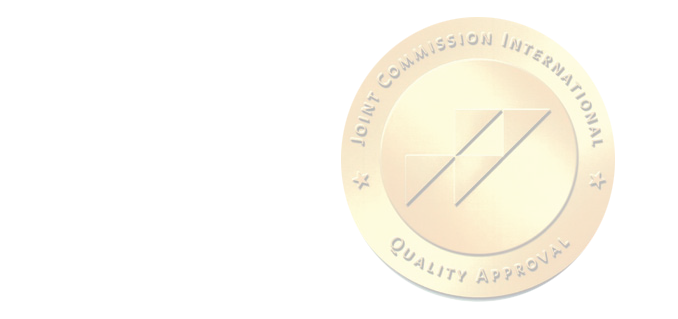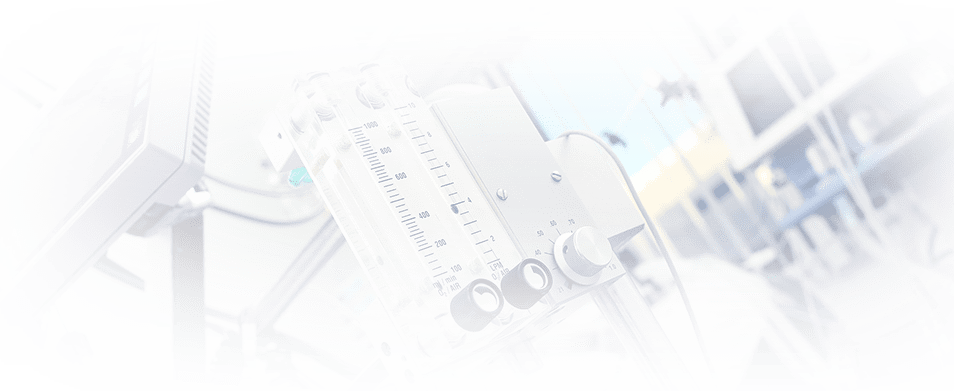Herpes zoster

General practitioner
Olga Berezhko
Experience 36 year
Herpes zoster is a disease of the nervous system and skin, which is treated by neurologists and dermatologists, based on the significance of the symptoms expressed. Another name is herpes zoster, according to the name of the pathogen. Pathology develops when the body is infected with the same virus that causes typical chickenpox in childhood. Pathology is characterized by the evolution of symptoms from superficial spots and papules-nodules that appear at the beginning of the pathological process, to the appearance of hyperpigmented skin areas in their place, indicating the end of inflammation. With targeted treatment, antiviral drugs and local symptomatic therapy (ointments and physiotherapy) are used.
General information
The pathology in question has an infectious genesis. The disease affects the nerves and the upper layers of the skin. The clinical picture is characterized by a specific symptom complex: eczema-like manifestations on the skin, pain is more often of a unilateral nature. Herpes zoster is transmitted by contact and is extremely contagious. The peak incidence occurs during the cold season. The victims of herpes zoster infection are more often people 35-65 years old who have previously had chickenpox. Complex therapy includes antiviral and painkillers, as well as medications that prevent chronic complications of herpes zoster (postherpetic neuralgia).
Causes of herpes zoster in adults
The root cause of shingles is chickenpox suffered in the past: when a visible recovery occurs, the herpes virus localizes in the nerve fibers in a latent form and can remain in this state for many years.
Immune-weakening factors that can trigger the awakening of the virus:
- stress;
- injuries;
- hypothermia;
- complicated course of other pathologies;
- a course of chemotherapy;
- chronic diseases.
Classification of pathology
Depending on the location of the affected nerve branches, there is:
- Ophthalmic herpes zoster. The virus affects the optic nerve and, further, the cornea of the eye.
- Ramsey-Hunt syndrome. Exanthemums are poured out on the skin of the outer ear or on the mucous membrane of the oropharynx, soon unilateral paralysis of the facial muscles occurs. This form of the virus is dangerous for the development of pathology of the inner ear (including problems with balance) up to complete hearing loss.
- Motor shingles is characterized by muscle weakness in the area of skin rashes.
- Herpes zoster has typical and atypical forms of course. Atypical forms include:
- Generalized form. Rashes affect not only nerve projections, but also unrelated areas of the skin and mucosa.
- Abortive form. Areas of erythematosis heal, bypassing the vesicular stage. The duration of symptoms is less than a week.
- Bullous form. In the acute stage of the pathology, the vesicles merge into large bubbles, the exudate becomes hemorrhagic (in case of vascular damage) or purulent (in case of infection). With a severe course of pathology, the bubbles merge into ribbons and can form areas of necrosis and scabs. The severity of the bullous form is due to the localization of skin inflammation: for example, when the facial nerves are affected, acute neuralgic pains are added, the eyelid and cornea of the eye suffer. The prolonged course of the pathology can last more than a month and is fraught with severe complications (meningitis, encephalitis, occasionally polyradiculoneuropathy).
Symptoms of herpes zoster in adults
A typical form of shingles has several stages of development of symptoms.
The prodromal stage is characterized by:
- a headache;
- disorder of functions on the part of the gastrointestinal tract;
- subfebrility;
- fever;
- general weakness.
Soon there is burning and itching in the areas of the skin where rashes ripen. There is an implicitly localized pain along the intercostal nerves. The intensity of discomfort varies throughout the day.
Then comes the acute phase. The clinical picture becomes more pronounced, the symptoms are specified:
- hyperthermia increases sharply;
- signs of general intoxication are increasing;
- intercostal myalgia occurs;
- detached pink spots appear on the skin at the site of a future rash (exanthema);
- the area of the affected skin swells and hurts.
On the following day, bubbles with uneven red edges filled with exudate appear in place of exanthemums. The areas of exanthemums mark the locations of the affected nerve processes. The lesion is more often unilateral, but it can also be bilateral, localized in the projection of the trigeminal facial or intercostal nerves. As the symptoms subside, the body temperature normalizes, the vesicles are scarred by crusts that leave a pigmented spot on the skin. The whole process, from the first signs of a typical form of herpes zoster to full recovery, with timely treatment takes about 3 weeks.
Diagnosis of the disease
A dermatologist is engaged in the diagnosis and treatment of herpes zoster. You may also need to consult a neurologist and an infectious disease specialist. In the first days of the onset of pathology, the specialist's task is to distinguish the symptoms of herpes from the signs of pleurisy, neuralgia and from the clinic of acute abdominal pain, characteristic of appendicitis, renal colic and gallstone disease. Bullous form is important to differentiate from skin problems associated with erysipelas, immunodeficiency and diabetes mellitus.
Treatment of herpes zoster in adults
Targeted treatment consists in the use of a drug that interrupts the synthesis of viral DNA. Acyclovir has such an effect, it is highly effective at the initial stage of the disease. With pronounced herpes zoster, hospitalization is recommended. Acyclovir is prescribed in droppers or tablets.
It is also necessary to prescribe:
- pathogenetic therapy;
- a local drug with a dehydrating effect;
- immunotherapy.
Symptomatic therapy includes:
- painkillers,
- antipyretics;
- medications with sedative and sedative effect.
Vesicles and scabs arising in their place are treated topically with ointments and exposed to physiotherapy. In case of secondary infection, a course of antibacterial therapy is necessary.
Forecast
With timely and systemic treatment of pathology, the prognosis is favorable. Residual phenomena are not observed in 85% of people who have suffered herpes zoster. 15% suffer from neurological pain and relapses of viral infection.
Prevention
For the prevention of shingles, it is recommended to:
- harden;
- maintain physical activity;
- adhere to a rational diet;
- regularly visit the fresh air;
- follow a healthy daily routine;
- avoid contact with carriers of the virus, including children with chickenpox.
Questions and Answers
Which doctor treats herpes zoster in adults?
A dermatologist deals with the treatment and diagnosis of shingles in adults. In addition, a dermatovenerologist can observe this pathology. If necessary, a consultation with a neurologist or an infectious disease specialist is prescribed.
How long is shingles treated in adults?
The duration of treatment depends on the form and severity of the pathology. However, most often there are cases of a typical form of herpes zoster. With timely and targeted treatment, a favorable outcome of the disease occurs 2-3 weeks after the first signs of herpes infection.
How easy is it to get infected with shingles?
Herpes zoster is one of the highly contagious infections, which means that it is easy to get infected with household contact. The risks of infection are minimal in the warm season




